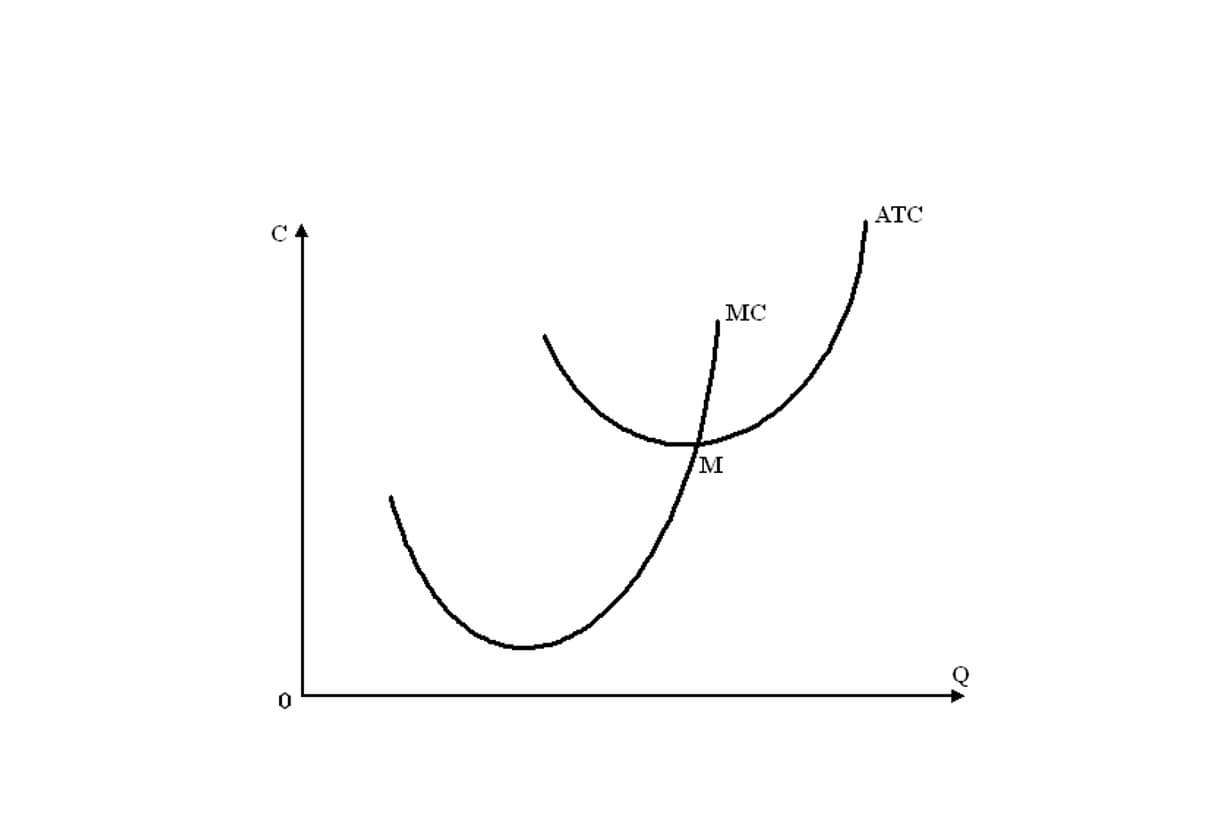
In this case, the debits on the left-hand side would be considered the normal balance of the account because it’s a cash account, which is considered an asset account. This means when a company makes a sale on credit, it records a debit entry in the Accounts Receivable account, increasing its balance. Conversely, when the company receives a payment from a customer for a previously made credit sale, it records a credit entry in the Accounts Receivable account, decreasing its balance. Under the accrual basis of accounting, the Interest Revenues account reports the interest earned by a company during the time period indicated in the heading of the income statement. Interest Revenues account includes interest earned whether or not the interest was received or billed. Interest Revenues are nonoperating revenues or income for companies not in the business of lending money.
What is the Normal Balance for Expense Accounts?
However, this money is a loan, so it also creates a liability (that is, you would also note the $50,000 in your liability account). This chart is useful as a quick reference to determine whether an increase or decrease in a particular type of account should be recorded as a debit or a credit. Asset, liability, and most owner/stockholder equity accounts are referred to as permanent accounts (or real accounts). Permanent accounts are not closed at the end of the accounting year; their balances are automatically carried forward to the next accounting year.

Normal Balance of Accounts: Definition and Examples
When it comes to accounting, understanding the three basic principles is crucial. These principles serve as the foundation for accurate financial reporting and decision-making. Tax accountants ensure compliance with tax laws by preparing tax returns for individuals or businesses. Their expertise lies in understanding complex tax regulations and maximizing deductions while minimizing liabilities. Below is a basic example of a debit and credit journal entry within a general ledger.
Corporate action could help set natural capital on a path to recovery by 2050
An abnormal balance can indicate an accounting or payment error; cash on hand should never have a net credit balance, since one cannot credit (pay from) cash what has not been debited (paid in). Similarly, there is little reason accounting natural balances for a business to pay a liability in excess of what it owes. On the other hand, a business that has not reached profitability will debit a cumulative earnings/loss equity account with its losses, resulting in a negative balance.
The Normal Balance of Accounts – A Short Guide
In a standard journal entry, all debits are placed as the top lines, while all credits are listed on the line below debits. When using T-accounts, a debit is on the left side of the chart while a credit is on the right side. Debits and credits are utilized in the trial balance and adjusted trial balance to ensure that all entries balance. The total dollar amount of all debits must equal the total dollar amount of all credits. For example, you can use a contra asset account to offset the balance of an asset account, and a contra revenue accounts to offset the balance of a revenue account. An expense account is a normal balance asset account that you use to record the expenses incurred by a business.
Normal balances can help you keep track of your finances and balance your books. In other words, it cancels out part of the balance of the related Normal Balance account.
- If the payment was made on June 1 for a future month (for example, July) the debit would go to the asset account Prepaid Rent.
- The main difference is that invoices always show a sale, whereas debit notes and debit receipts reflect adjustments or returns on transactions that have already taken place.
- This standardization facilitates the process of recording transactions consistently and aids in the detection of discrepancies.
- Doing this right is also a way to measure your business’s success over time, providing valuable insights that can inform your long-term financial planning.
- This standard discusses fundamental concepts as they relate to recordkeeping for accounting and how transactions are recorded internally within Indiana University.
- This double-entry system shows that the company now has $20,000 more in cash and a corresponding $20,000 less in books.
- In conclusion ,accurate accounting forms the foundation for effective financial management.
Income Statement
- Keeping them updated on best practices ensures they understand their roles fully and promotes a culture of accountability throughout the organization.
- Financial accounts run the gamut from assets and liabilities to equity items, revenues and expenses.
- For instance, an increase in inventory should correspond with a decrease in cash or an increase in accounts payable, depending on whether the purchase was made in cash or on credit.
- It is possible for an account expected to have a normal balance as a debit to actually have a credit balance, and vice versa, but these situations should be in the minority.
- This means that the new accounting year starts with no revenue amounts, no expense amounts, and no amount in the drawing account.
- We want to specifically keep track of Dividends in a separate account so we assign it a Normal Debit Balance.
- This is the case here, as the balance has a debit of $3,000 on the left-hand side.
This means that when invoices are received from suppliers, the accounts payable account is credited, and when payments are made to suppliers, the accounts payable account is debited. When you make a debit entry to a revenue or expense account, it decreases the account balance. While the normal balance of a liability account or equity account is a debit balance. In double-entry bookkeeping, the normal balance of the account is its debit or credit balance. Explore the importance of normal account balances in maintaining precise financial records and their impact on overall fiscal health. You may choose to manage day-to-day financial records using finance apps and other tools.
Debit simply means on the left side of the equation, whereas credit means on the right hand side of the equation as summarized in the table below. The key to understanding how accounting works is to understand the concept of Normal Balances. A business might issue a debit note in response to a received credit note.

When you log into an online banking account, the first thing you will see is your account balance. Account Balance is the amount of funds you have available https://www.bookstime.com/ in a given financial account; such as a checking or savings account. The given balance reflects the net amount available after credits and debits.
Accountants must regularly scrutinize ledger entries to confirm that each transaction adheres to the principles of double-entry bookkeeping and reflects the correct normal balance. This scrutiny often involves comparing ledger balances with independent external sources, such as bank statements, to validate the accuracy of recorded transactions. Discrepancies between these sources can reveal errors or omissions that require correction. In a business asset account, for instance, the normal balance would consist of debits (i.e., money that’s coming in). Conversely, in a business liability account, the normal balance would consist of credits—money that you owe.

